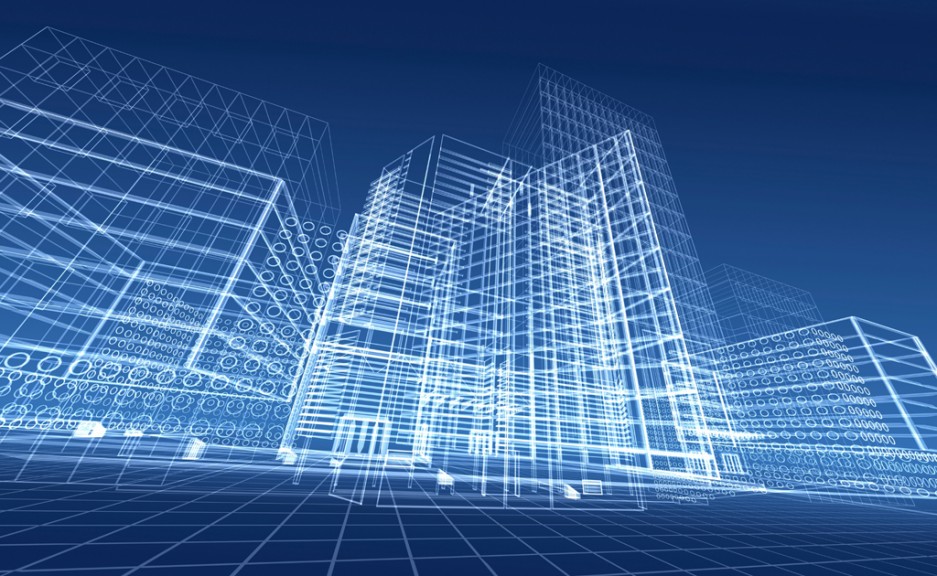The Internet of Things is transforming the buildings we work in by improving the safety, security, comfort and productivity of the workplace. Places of work are becoming increasingly personalized, efficient and measurable. Just eighteen months ago Deloitte’s corporate headquarters made news for being one of the most efficient buildings in the world. It had a BREEAM score of 98.36%, in part helped by the 40,000 sensors that monitor everything from air conditioning to on-site energy generation.
 40,000 sensors sounded incredible at the time, but advance to now and that number seems almost trivial. The Apple Watch has four sensors purely for measuring your pulse. Our largest client has over one million data points in its data center alone. The numbers are accelerating at an unprecedented pace, as demonstrated by the analyst predictions currently circulating in the industry. As hardware and instrumentation becomes more commoditized, what does this mean for the average business and its employees?
40,000 sensors sounded incredible at the time, but advance to now and that number seems almost trivial. The Apple Watch has four sensors purely for measuring your pulse. Our largest client has over one million data points in its data center alone. The numbers are accelerating at an unprecedented pace, as demonstrated by the analyst predictions currently circulating in the industry. As hardware and instrumentation becomes more commoditized, what does this mean for the average business and its employees?
Your local office environment will adapt to your personal preferences through automated power distribution and air conditioning. IT asset management will prevent IT equipment from being lost or stolen - a major concern for any executive tasked with guiding a company through annual or unannounced audits.
Digital trails for each individual's movements and electronic interactions can be fed into data management platforms to help improve employee productivity and output. This visibility into personnel behaviors and activities will ensure that we are held accountable only for the resources we actually use.
This vision extends far beyond the office. All aspects of a supply chain can be evaluated and enhanced with IoT tools and data analysis. Factories and laydown yards can use IoT sensor networks to eliminate costly delays and downtime in the process. Supply chain managers are transformed from logistical coordinators into a valuable business unit capable of delivering multi-million dollar efficiencies on a global scale. Employee safety is improved. Goods can be tracked accurately from manufacturing centers to distribution locations to the retail store.
Big Data, Bigger Outcomes
However, with so much data being produced by businesses and individuals, what does this mean for those responsible for the infrastructure behind smart infrastructure? Will they become overburdened with data generated from automated buildings?
There has to be a powerful software layer between those generating the data and the systems responsible for the business applications. Operational staff and executives require the capacity to not only feed data into Big Data platforms for normalization and analysis, but also the capability to enhance connected systems, whether that be ITSM, DCIM or BMS; ERP, MRP and BI software; or the automated facility controls forming the basis of the modern workplace.
If sensor-rich buildings are truly the future, then the sensor instrumentation and hardware behind the business processes will quickly become irrelevant. The path to business value will surely be about making sense of the masses of sensor data more than anything else.
For example, personnel no longer have to search for the source of an issue; IoT sensors can accurately deploy engineers to specific tasks in order of urgency. Managers have access to reports populated with real-time insight. Power teams can monitor, distribute and scale energy resources on a granular level. The impact of construction projects can be reduced in critical locations such as the data center, while IT, networking and facilities can be more aligned with an organization’s strategic objectives.
When deployed strategically, the possibilities are limitless. The IoT isn’t new. From our perspective we have been working on our IoT platform for over 17 years in the data center, in healthcare improving how patients are cared for and in supply chain management. You just never realized how data-dependent you really are now and how much more you will be in the future.



